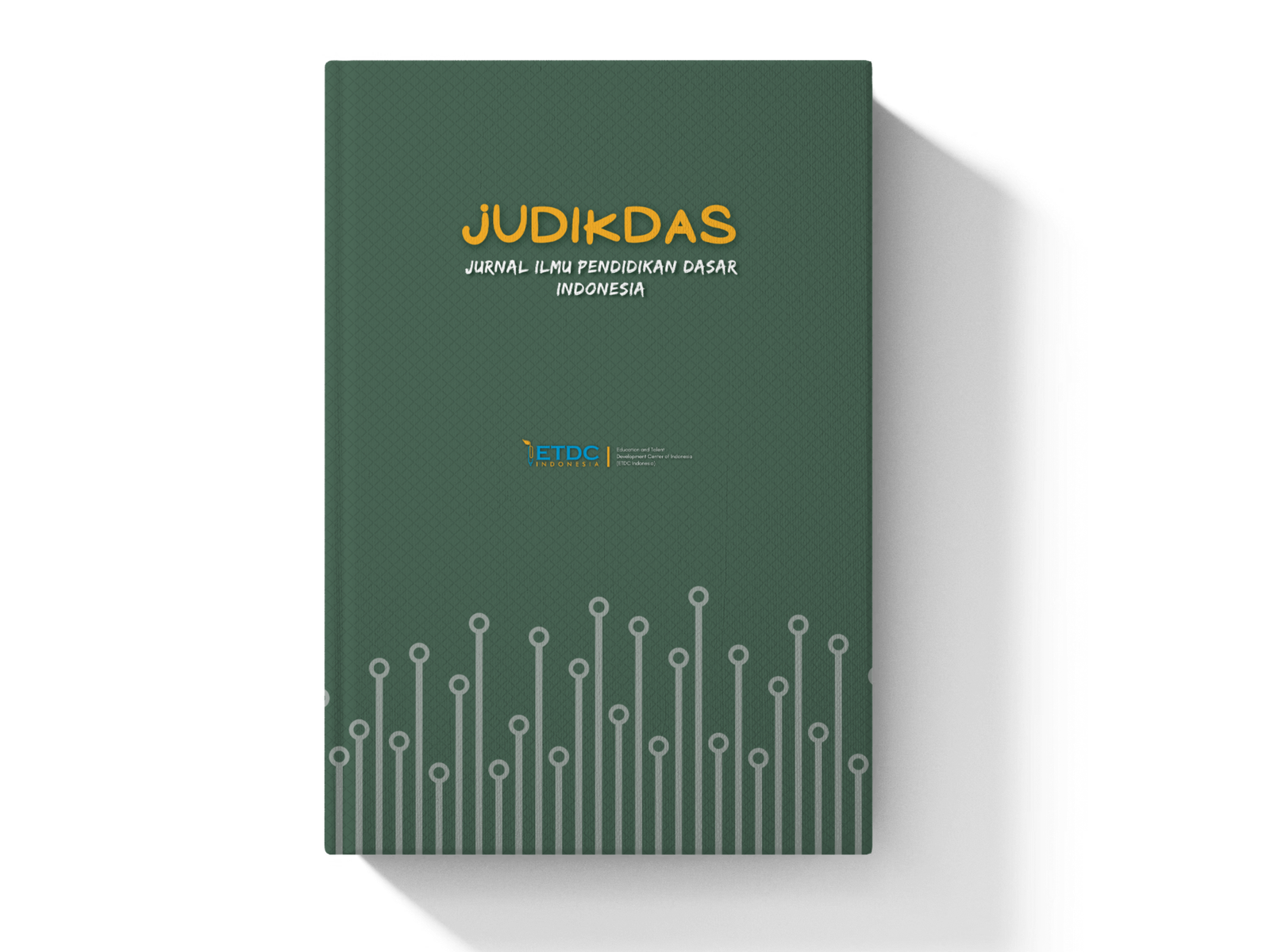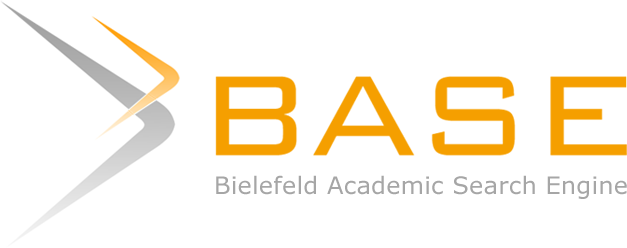Analisis Miskonsepsi Calon Guru Sekolah Dasar pada Matakuliah Konsep Dasar Matematika dengan Menggunakan Three-Tier Diagnostic Test Dilengkapi Certainty Of Response Index.
DOI:
https://doi.org/10.51574/judikdas.v1i3.455Keywords:
Certainty of Response Index,, Konsep Dasar Matematika,, Miskonsepsi,, Three-Tier Diagnostic TestAbstract
This research is a quantitative descriptive study that aims to analyze the misconceptions of students of the PGMI Study Program in the subject of Basic Mathematics Concepts, especially the concept of integers and fractions. The subjects of this study were all students of the PGMI IAIN Palopo Study Program in semester 1. The research sample was 33 students using purposive sampling technique. Data collection uses test and non-test techniques. The test uses a three-tier diagnostic test instrument equipped with CRI (Certainty of Response Index) to identify misconceptions. Non-test uses interviews with students to find out the reasons why students experience misconceptions. The data analysis technique used descriptive percentage analysis. The results of the analysis show that the percentage of students who experience misconceptions about the concept of integers and fractions, 24.2%, including the criteria for Understanding Concepts Well (PKDB), 6.1%. including the criteria for understanding the concept but not sure (PKTTY), 25.8% including the criteria for not understanding the concept (TPK), and the remaining 43.9% experiencing misconceptions. The highest percentage of misconceptions is found in questions about fractions in story problems 57.6%. The lowest percentage of misconceptions is found in questions about the operation of adding mixed fractions at 30.3%. The main factors that cause misconceptions are sourced from learning sources and their own thoughts.
References
Caleon, I. S. (2010). Development and application of a three-tier diagnostic test to assess secondary students' understanding of waves. International Journal of Science Education, 32(7), 939-961.
Fatmahanik, U. (2019). Diagnosa Kesulitan Mahasiswa PGMI IAIN Ponogoro dalam Membelajarkan Bilangan Pecahan. Jurnal Kependidikan Dasar Islam Berbasis Sains, 4.
Hassan, S. B. (1999). Misconceptions and the Certainly of Response Index (CRI). Phys. Educ, 35, 294–299.
Permatasari, K. G. (2021). Analisis Miskonsepsi Pada Konsep Dasar Matematika Menggunakan Menggunakan Certainty Of Response Index (CRI) . Jurnal Ilmiah Pedagogi, 16.
Prasetyono, R. N. (2017). Miskonsepsi Mahasiswa Teknik Informatika Pada Materi Kelistrikan. Jurnal Pendidikan IPA Veteran, 1.
Purwaningrum, J. P. (2018). Miskonsepsi matematika materi bilangan pada mahasiswa calon guru sekolah dasar. Prosiding Seminar Nasional MIPA 2018, 173-180.
Sitepu, E. B. (2019). Analisis Miskonsepsi Siswa pada Materi Hukum Newton di Kelas X IPA SMA Negeri 1 Berastagi. Jurnal Pendidikan Fisika dan Sains, 2.
Suparno, P. (2013). Miskonsepsi & Perubahan Konsep dalam Pendidikan Fisika. Jakarta: PT. Grasindo.
Widarti, P. &. (2016). Student Misconception On Redox Titration (A Challenge On The Course Implementation Through Cognitive Dissonance Based On The Multiple Representations). Indonesian Journal of Science Education, 5.
Zulfiani, N. J. (2014). Analysis Of Student’s Misconceptions On Basic Concepts Of Natural Science Through CRI (Certainly Of Response Index), Clinical Interview And Concept Maps. Proceeding of International Conference On Research, Implementation And Education Of Mathematics And Sciences. Yogyakarta.
Downloads
Published
How to Cite
Issue
Section
License
By submitting an article manuscript, the author agrees to all policies set forth by the journal and publisher.
The author declares that:
- They have been authorized by their co-authors to enter into this agreement.
- The work described has not been officially published before, except in the form of an abstract or as part of a lecture, review, thesis, or preprint journal.
- The work is not currently under consideration for publication elsewhere.
- Its publication has been approved by all authors and by the responsible authorities—either implicitly or explicitly—of the institution where the work was conducted.
- They have obtained the right to reproduce any material that has been published or copyrighted elsewhere.
- They agree to the following license and copyright agreement.
License and Copyright Agreement
Authors publishing in Jurnal Ilmu Pendidikan Dasar Indonesia agree to the following terms:
- Authors retain copyright and grant the journal the right of first publication with the work simultaneously licensed under a Creative Commons Attribution-ShareAlike (CC BY-SA 4.0) License, which allows others to share the work with acknowledgment of the authorship and initial publication in this journal.
- Authors may enter into additional non-exclusive contractual agreements for the distribution of the journal's published version of the work (e.g., posting it to an institutional repository or publishing it in a book), with acknowledgment of its initial publication in this journal.
- Authors are permitted and encouraged to post their work online (e.g., in institutional repositories or on their websites) before and during the submission process, as this can lead to productive exchanges, as well as earlier and increased citation of the published work.



1.png)
3.png)




